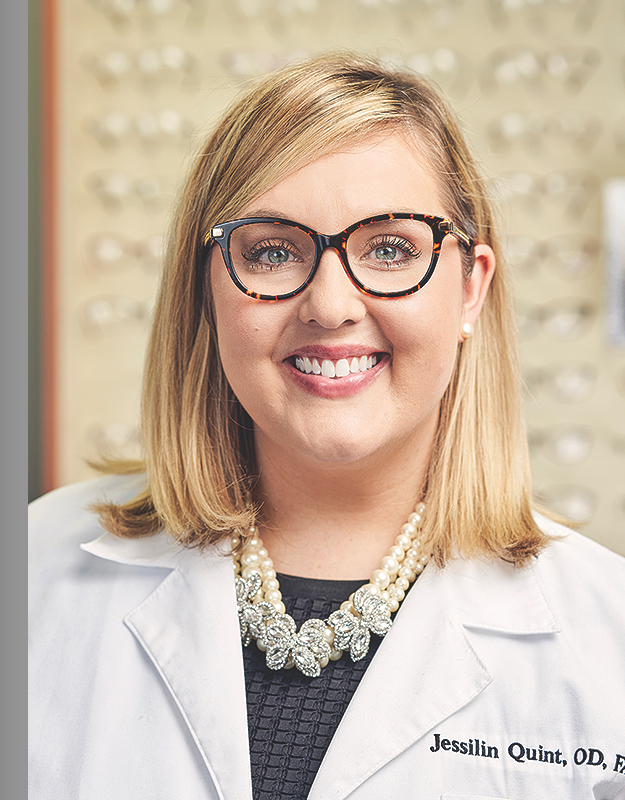Being a born and raised Texan, I decided to move to Maine after completing my optometric residency to have an adventure year on the East Coast before returning to Texas to practice. My adventure continues, as Maine captured my heart, and I became a permanent resident.
Making the rounds
I purchased a practice in Maine, not knowing a single person. As a result, I thought the best way to attract potential patients about the practice’s innovations and services was to get involved in the local community.
To achieve this, I joined the local Chamber of Commerce, volunteered in various service organizations, participated in sport leagues, and attended a plethora of networking events to advertise the practice.
Being involved in my local community took up a great deal of my personal time. (Often, I would find myself at events three-to-four times a week after my normal clinic workday.)

I hustled, I networked, and I often put my own personal needs secondary for the sake of bettering the future of the business. (So much for personal schedule boundaries!)
A time for reflection
In reflecting on that hustle seven years later, I believe that while it certainly helped to get patients in my chair, it didn’t keep them coming back or lead to most word-of-mouth referrals. The action step that did was focusing on each individual patient in my chair on a daily basis.
Personal interaction is the cornerstone of a positive patient experience. It requires active listening to understand the needs of the patient and identifying gaps in the patient’s vision or ocular health.
It involves demonstrating empathy and showing a genuine interest in each patient’s concerns. It also encompasses effective communication and education to ensure the patient understands and feels involved in their care. Having the time, energy, and focus to care for the patient in this way is what positively differentiates practices from others.
The payoff
A positive patient experience is what continues to bring patients back to my practice year after year. This approach has led to better patient outcomes, and it has built patient trust and loyalty, which has led to patients referring their family, friend, neighbor and social circle to us.
We are human and ultimately have a limited amount of energy and resources to expend each day. While being involved in a local community is valuable, it isn’t the only way to build a stable patient base and ensure practice success. To those who may be burning both ends of the candle in the early years of practice ownership, remember that, ultimately, all you need to do is focus on the patient and the rest will follow. OM




